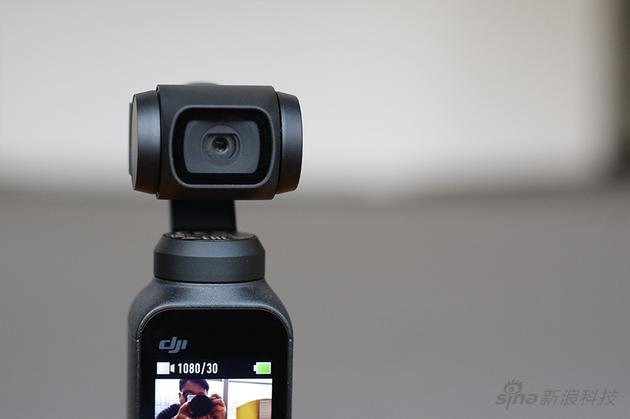Those who like sharing every moment in their lives with others have got a big popularity nowadays. These people spend too much time taking good videos and making short movies. As you guess, if you want a good film, you should have corresponding equipment. The latter includes a good camera, a gimbal, a drone, etc. But what if most of these accessories and products can be combined into one? Something like that was launched recently, namely the Insta360 One X. But if you want something better, there is another stabilizer, coming our way from DJI. The brand name also speaks for itself. But what’s more interesting, the DJI Osmo Pocket is not a regular gimbal. Instead, it’s a lipstick-size PTZ camera. As for now, it’s priced at $405.99.
Also Read: DJI Osmo Pocket Review
Many may say the DJI Osmo Pocket is not a pro device, it’s for consumers! Know what? You are absolutely right. But this is an inexpensive tool work for your filmmaking. So it’s better to get acquainted with its key features.
The first thing we think about when getting our hands on it is whether the DJI Osmo Pocket is an action camera or a new category. Honestly, we think DJI has created a completely new category with this device indeed. They have brought a few more features to a regular gimbal. Moreover, as the name hints, it is quite portable and can be put in your pocket.
The DJI Osmo Pocket sports a 1/2.3 inch sensor, the same as in the Mavic 2 Zoom. It’s a fixed f/2.0 lens with a 28mm full-frame equivalent field of view. Thus, it’s wide but not crazy wide like some action cameras on the market. This is quite useful to shoot accompanying walk-and-talk shots. It’s impressive that the camera can do up to UHD 4K 60p, however, the bitrate reaches 100MBit only in that mode, the other UHD modes are around 80MBit/s, and HD only around 30MBit/s.

It also features a built-in 1-inch touchscreen, which is truly tiny. Fortunately, the interface is well thought-out and you have access to most of the functions. You can also control it through your smartphone.
The pan/tilt can control the translation from negative 230 degrees to positive 50 degrees, the roll is plus or minus 45 degrees, and the pitch is negatively 95 degrees to plus or minus 50 degrees.







